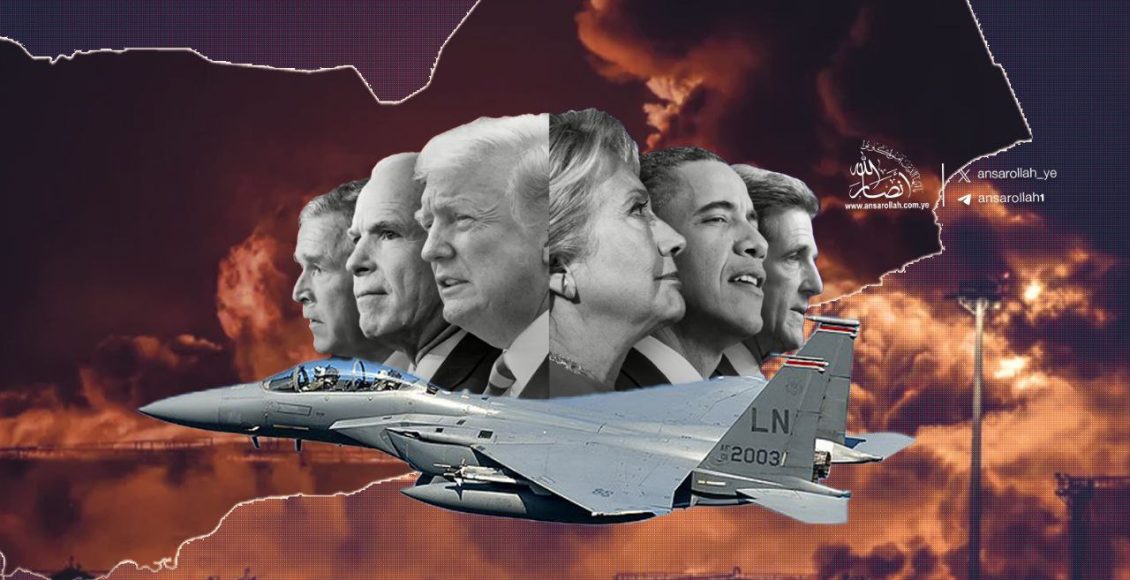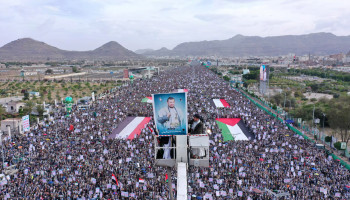As Trump prepares to re-enter the White House, all eyes turn to Washington, anticipating the potential repercussions of his return, particularly amidst the escalating regional tensions following the al-Aqsa Flood battle.
Trump's narcissism, experienced during his previous presidency, starting in 2017. He accelerated normalization deals, adopted the Deal of the Century, and declared open hostility toward the Resistance Axis. For Yemen, however, the identity of the U.S. president has hardly mattered. Every U.S. president, from Obama to Trump, Joe Biden, and now potentially Trump again, has adopted a clear strategy: the destruction of Yemen, either through direct aggression or the installation of a puppet regime manipulated by the United States and its allies.
The American-Saudi aggression against Yemen began under Obama on March 26, 2015, led by Saudi Arabia and supported by key regional partners, including the UAE. The announcement came from Washington, delivered by then-Saudi Ambassador Adel al-Jubeir, symbolically emphasizing U.S. endorsement and involvement. Hours later, the Obama administration confirmed it had authorized logistical and intelligence support for Saudi-led military operations and established a joint planning cell with Saudi Arabia, marking Washington’s direct engagement in the war.
[caption id="attachment_735399" align="aligncenter" width="1844"]
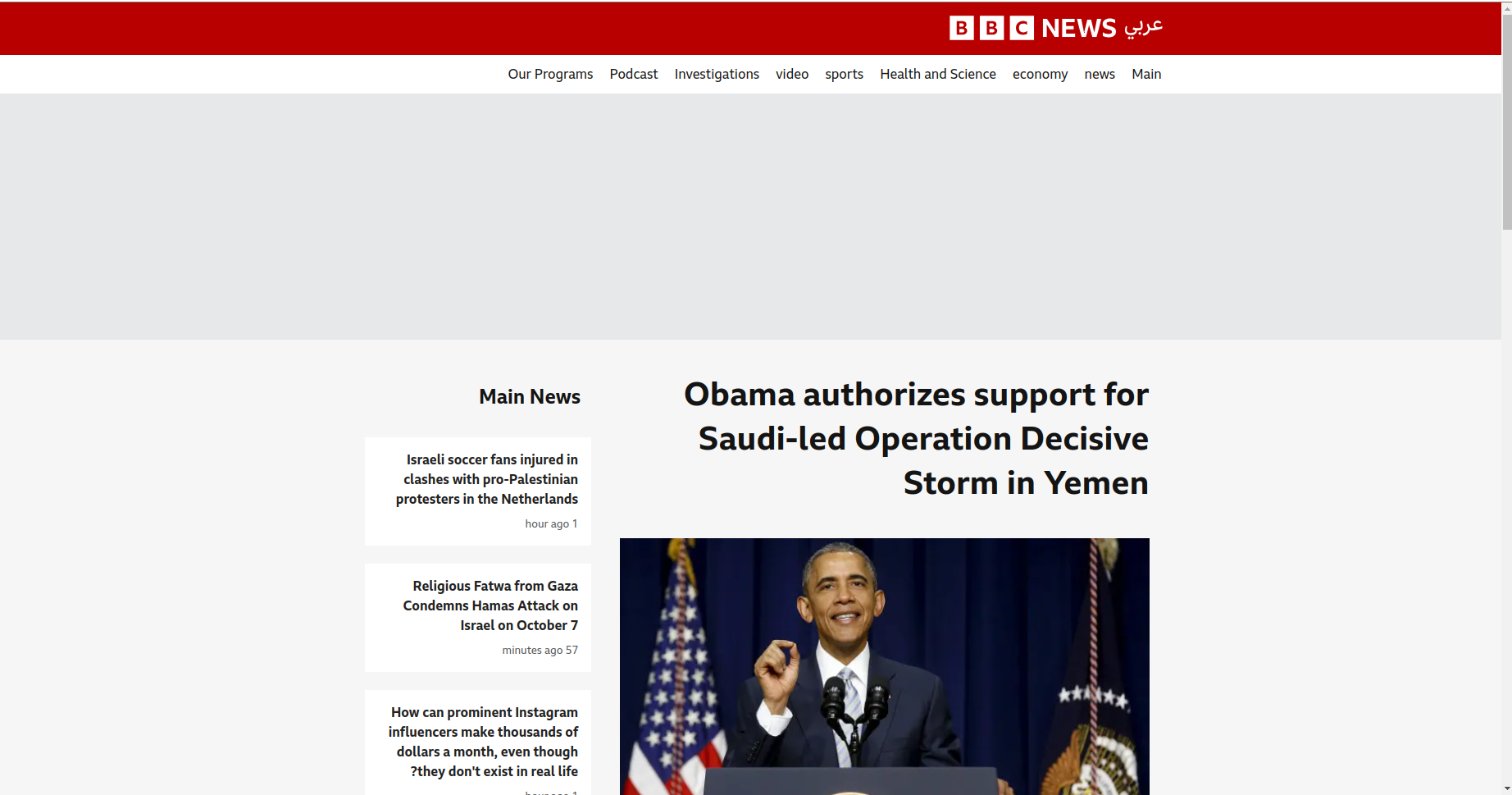 Obama Authorizes Involvement in the Aggression on Yemen.[/caption]
Obama Authorizes Involvement in the Aggression on Yemen.[/caption]
The first years of aggression saw Yemen’s capital, Sana’a, and other provinces subjected to relentless airstrikes, claiming hundreds of civilian lives, including women and children, and destroying critical infrastructure: factories, hospitals, roads, airports, schools, mosques, and military camps. American military experts provided strategic support to the Saudi-led coalition, forming operations rooms to facilitate the ongoing devastation.
Under Obama, the U.S. approved substantial arms sales to Saudi Arabia. On November 17, 2015, the State Department announced a $1.3 billion arms deal, including smart bombs. During his January 22, 2016, visit to Riyadh, then-Secretary of State John Kerry declared support for Saudi efforts against the Houthis, emphasizing America’s commitment to defending Gulf allies and affirming that U.S.-Gulf ties are founded on shared strategic interests.
[caption id="attachment_735403" align="aligncenter" width="1818"]
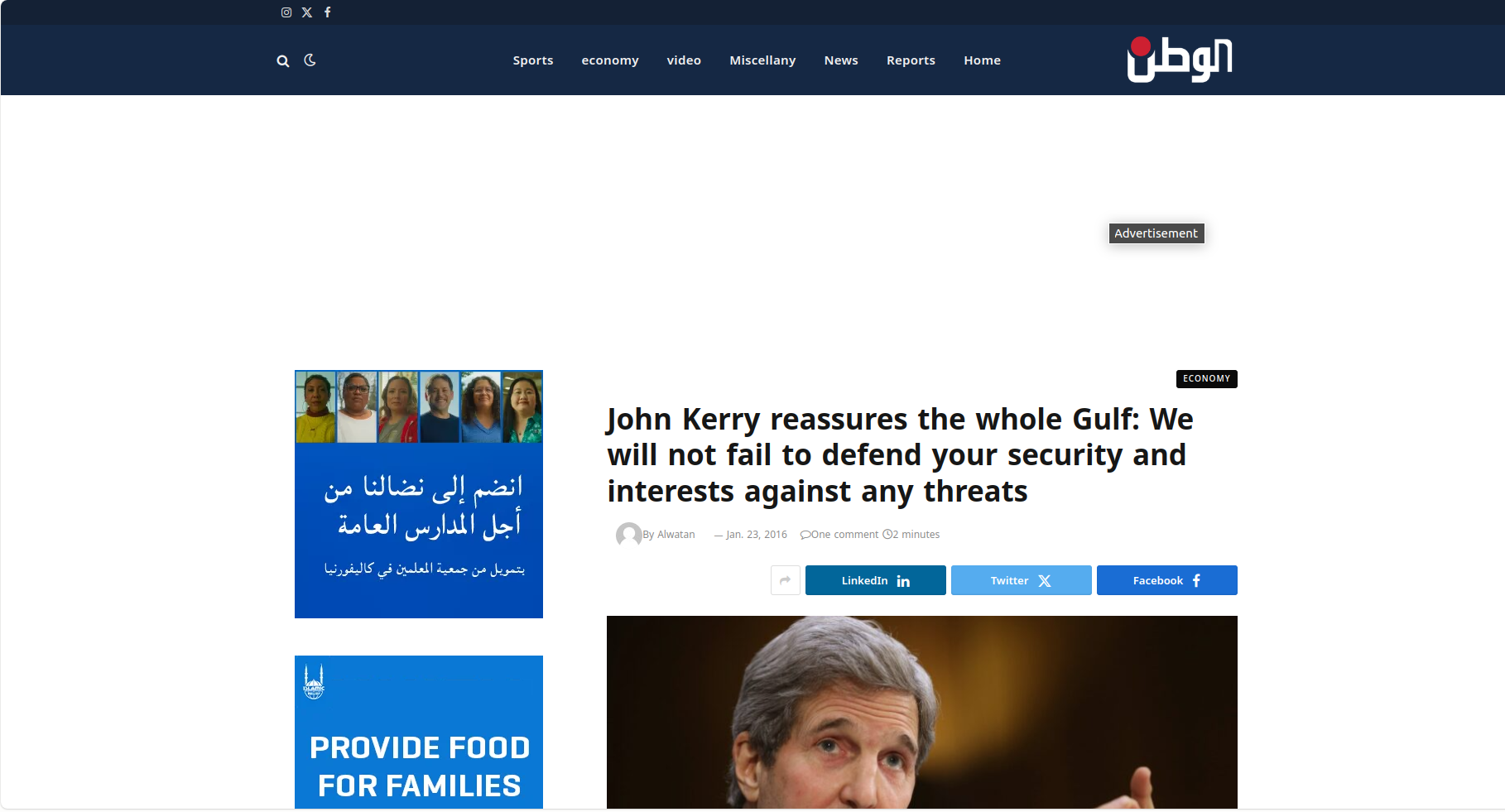 Press Conference by John Kerry during Visit to Riyadh[/caption]
Press Conference by John Kerry during Visit to Riyadh[/caption]
Trump Escalates the Aggression
When Trump assumed office in January 2017, his administration amplified support for the assault on Yemen. On February 1, 2017, National Security Advisor Michael Flynn accused Iran of aiding the Houthis, despite a lack of evidence. This accusation was used to further Trump’s regional plans. Trump's administration sold Saudi Arabia a massive $110 billion arms package during his first foreign visit in May 2017, emboldening Saudi Arabia to enforce a severe blockade on Yemen.
The airstrikes intensified, bolstered by Trump's administration. The New York Times revealed that American Green Berets assisted Saudi forces near the Yemeni border, further illustrating deeper U.S. military involvement.
It was also in Trump's era, when the U.S.-backed aggression fueled internal turmoil. Past President, defector Ali Abdullah Saleh publicly allied with the Saudi-Emirati coalition, triggering a dangerous internal conflict in December 2017. However, Yemeni forces swiftly neutralized Saleh and his uprising, angering the Trump administration. The day after Saleh's death, Defense Secretary James Mattis ominously predicted worsening humanitarian conditions in Yemen, implying that the U.S. would leverage human suffering to pressure Sana’a further.
[caption id="attachment_735401" align="aligncenter" width="1818"]
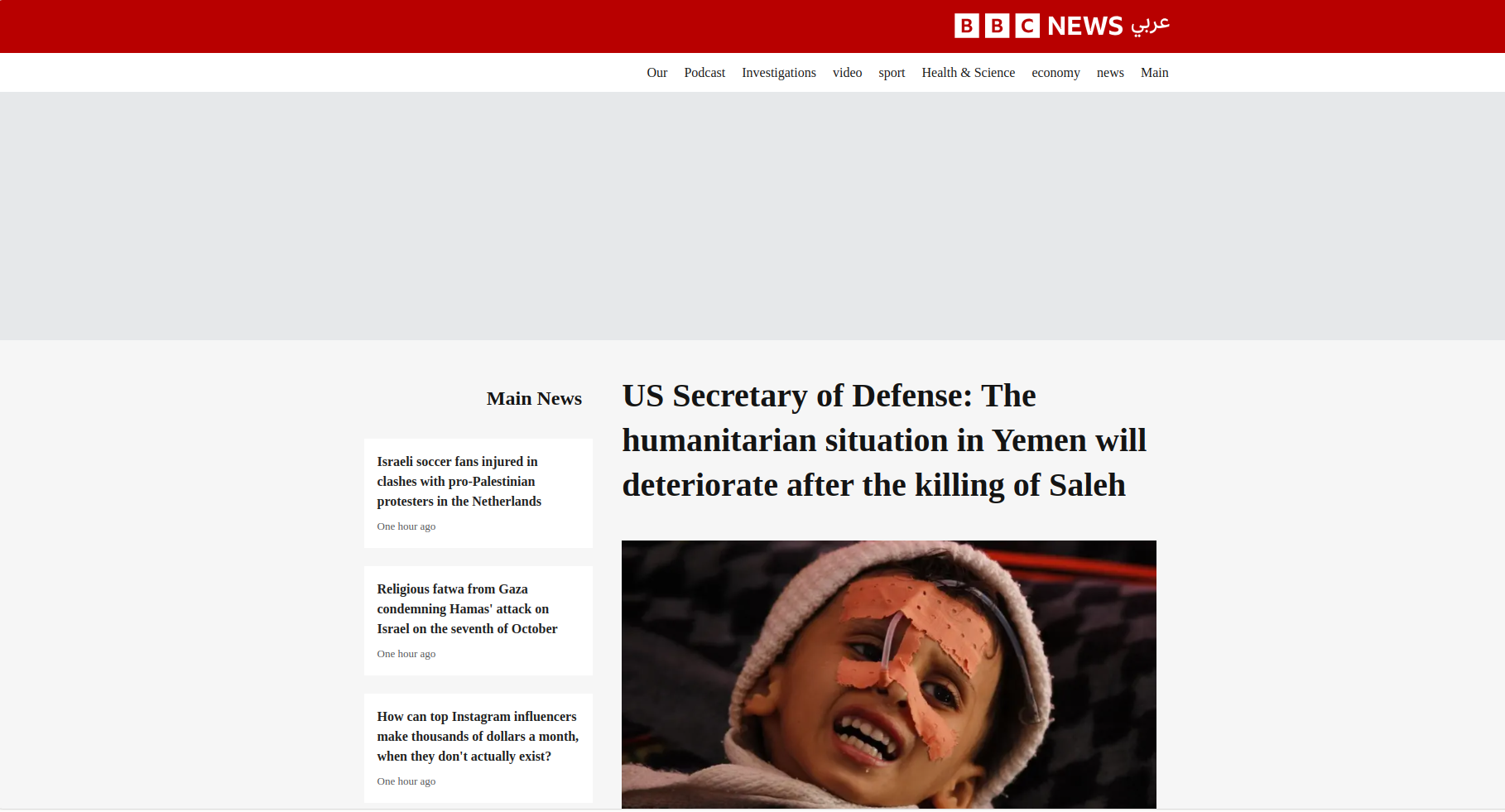 U.S. Attempt to Pressure Sana’a using Human Suffering[/caption]
U.S. Attempt to Pressure Sana’a using Human Suffering[/caption]
Trump's tenure was marked by particularly brutal airstrikes, including a devastating attack on a school bus in Saada's Dahyan district, killing over 50 people, majority of them young children, with an American-made bomb. Civilian casualties, marketplace bombings, and infrastructure destruction persisted, aimed at forcing Sana’a into submission.
Trump concluded his term by designating Ansar Allah as a terrorist group, a final favor to Saudi Arabia and the UAE.
Biden’s Softened Approach
Joe Biden’s presidency in 2021 initially hinted at a policy shift. Days into his term, the alleged terrorist designation was paused. Biden promised to end offensive support for the war and appointed Tim Lenderking as a special envoy, who pressured Sana’a into concessions through diplomacy.
On April 2, 2022, Lenderking announced a two-month truce, leading to a tenuous ceasefire. The Saudi-U.S. coalition shifted tactics, imposing economic blockades and attempting internal subversion. However, Sana’a used the lull to bolster military production and prepare for future confrontations.
Biden’s rhetoric shifted with the outbreak of the al-Aqsa Flood operation, exposing his administration’s true intentions. Yemen's support for Gaza spurred the U.S. to deploy warships to the Red Sea, entering direct combat with Yemen in January 2024, an ongoing conflict.
The Way Forward
Despite past challenges, Yemen has gained experience in resisting U.S. and allied aggression. Sayyid Abdul-Malik Badruldeen al-Houthi emphasized Yemen's resilience in his speech, saying, "We have faced American aggression, with Allah’s help, during Trump’s first term when we were weaker than now. We remain unwavering in our religious duty to support Palestine, no matter the cost."
"We are prepared to confront any escalation," he declared, stressing that Yemen's stance remains unyielding, backed by divine trust and unwavering commitment to defending the oppressed, no matter the adversary.

